How to Use Your Android as Remote Desktop
If you are a tech person, this will sound familiar to you. You are on the go, or doing some important meeting, and you need to access some files on your desktop computer. However, your computer is miles away from you, and there is no chance for getting the data from it. What can you do?
Let’s be honest, in this situation, you can’t do anything except driving to your home and getting the data. But, you probably don’t have enough time for that trip, so you are stuck. If you have lived through this scenario once, there are huge chances that it will happen again, so better get ready, and prevent it from happening. Here I will show you how.
You’ve probably heard of remote desktop feature for computers. It allows you to access your computer from another computer through an internet connection. Now it is even better, with the right setup, you can access your computer from your Android device from anywhere in the world. The procedure is short, simple, and does not require a rooted device.
This is the simplest way, how to use your Android device as a Remote Desktop client.
Configuring Your Computer
The very first thing you need to do, when setting up a remote desktop connection to your Android device, is configuring your computer. For that purpose, I suggest using Chrome Remote Desktop made by Google.
Chrome Remote Desktop is not a new app on the market but is the most convenient and easy to use. It will allow you to access your desktop computer in a few seconds. This app is an extension for the Google Chrome browser. For that purpose, you need to have Chrome installed as well.
Now let’s start with the installation of the extension. You can download it for free on the Chrome Web Store, or you can simply click on this link Chrome Remote Desktop.
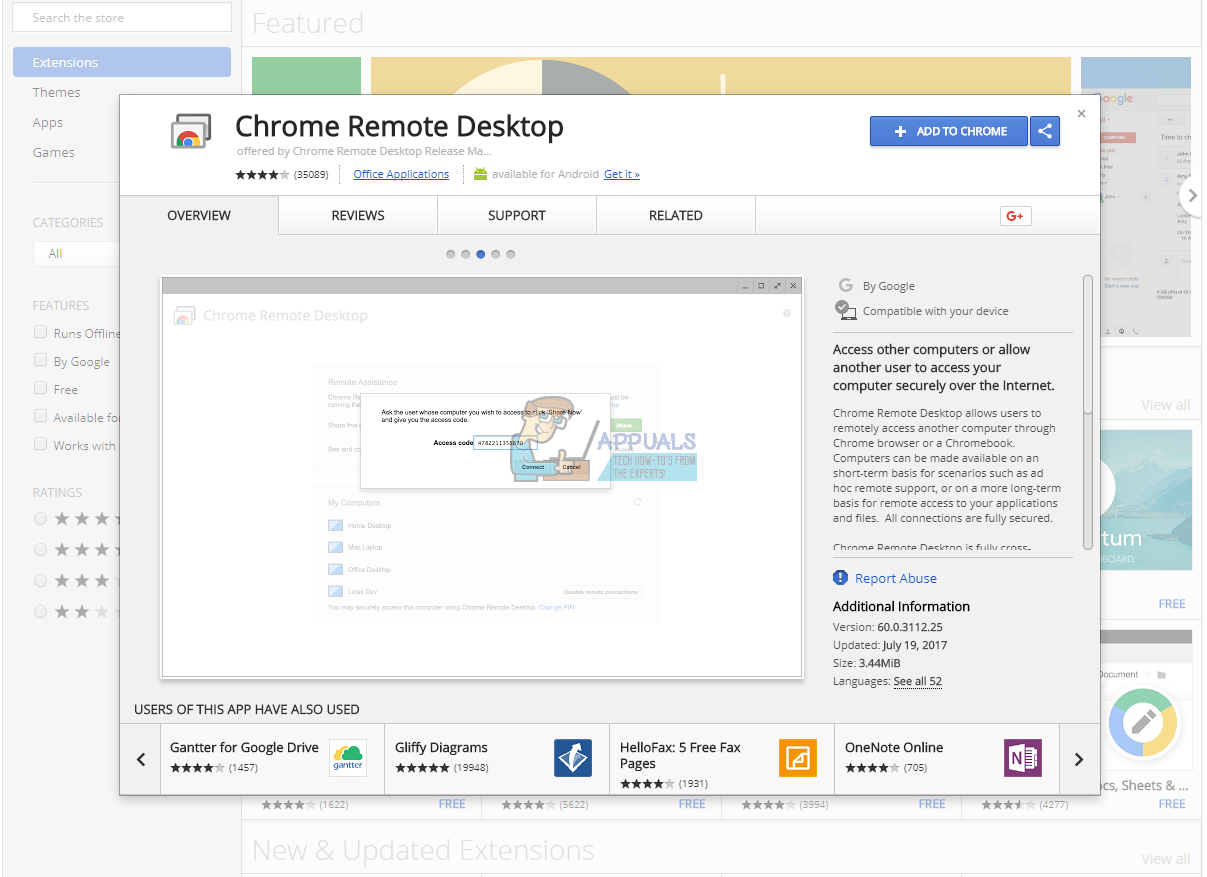
First, click on the Add To Chrome button and after the installation finishes, click on the Launch App button.
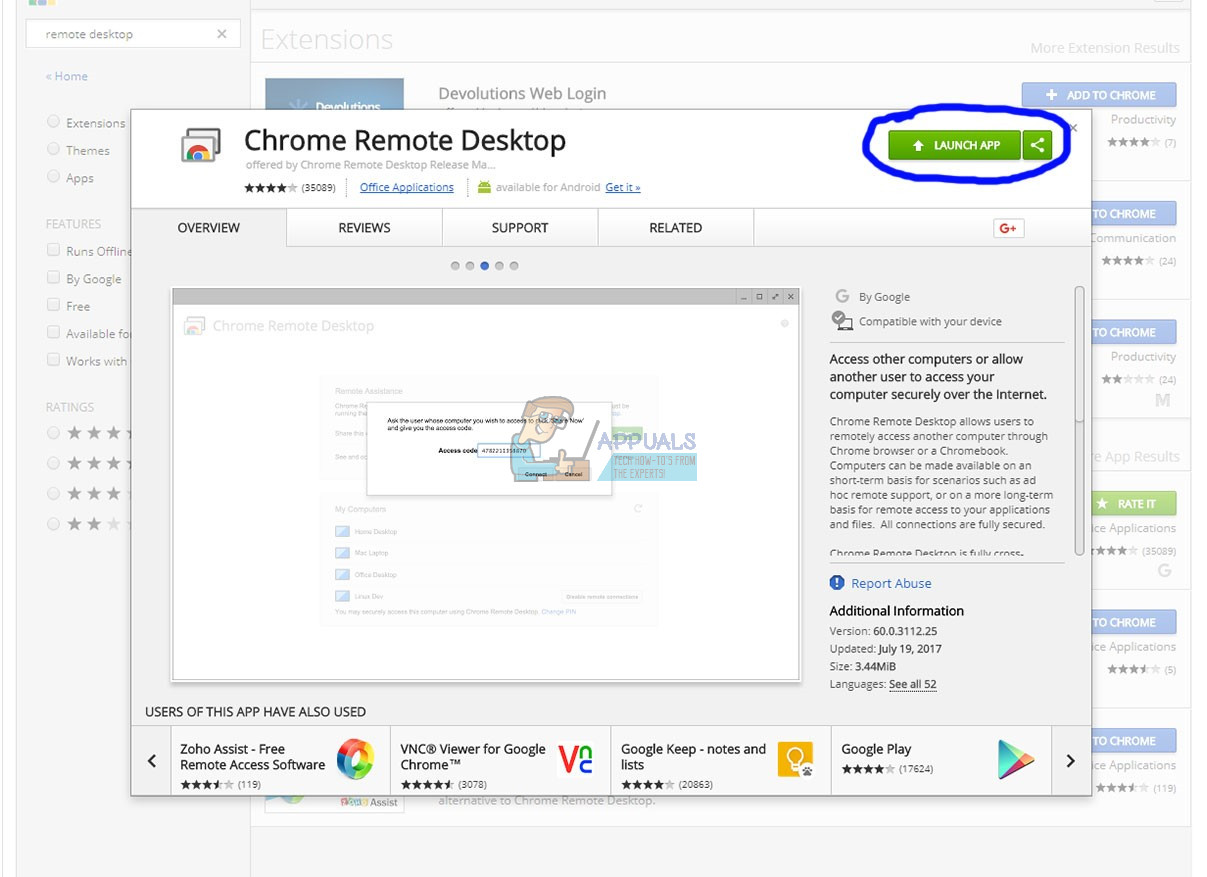
Now a new window has opened. In the section My Computers, click on the button Get Started.
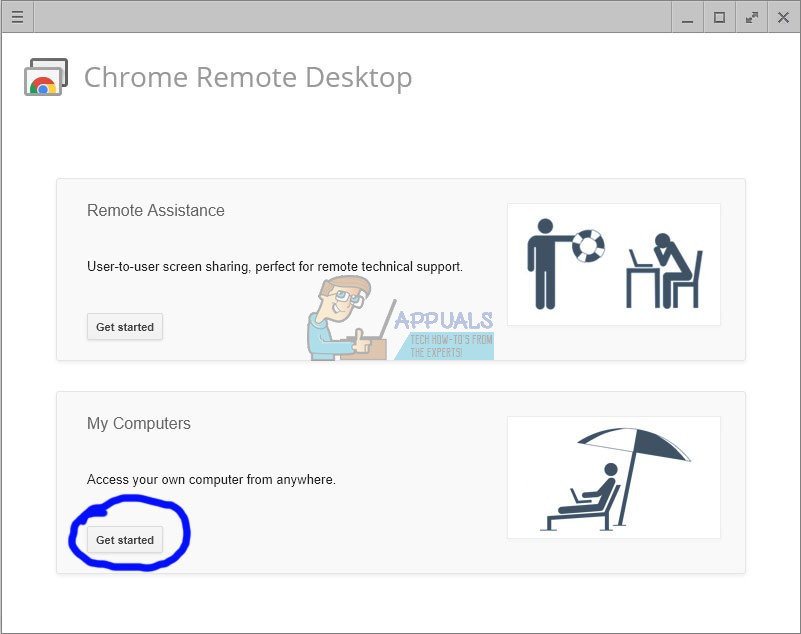
Next, click on the button Enable Remote Connections and enter your pin of choice. Wait for a couple of seconds and then click OK.
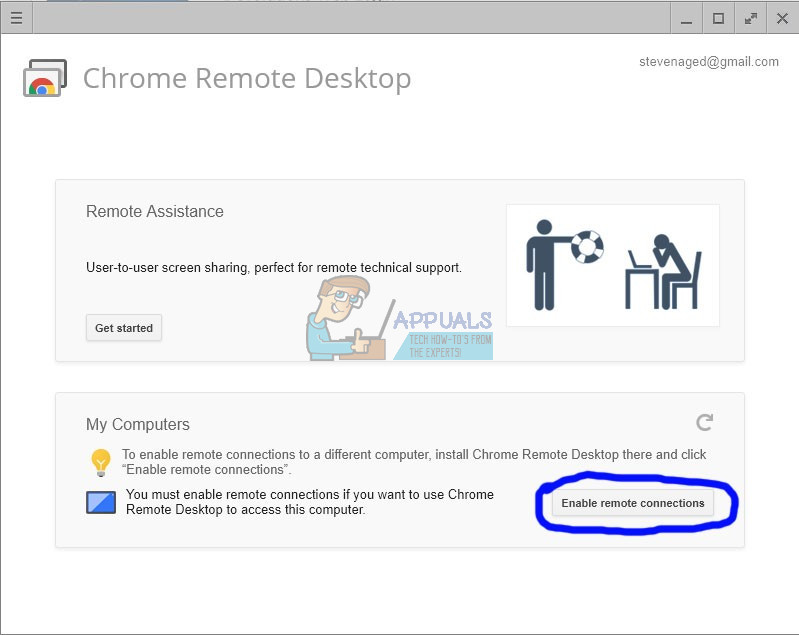
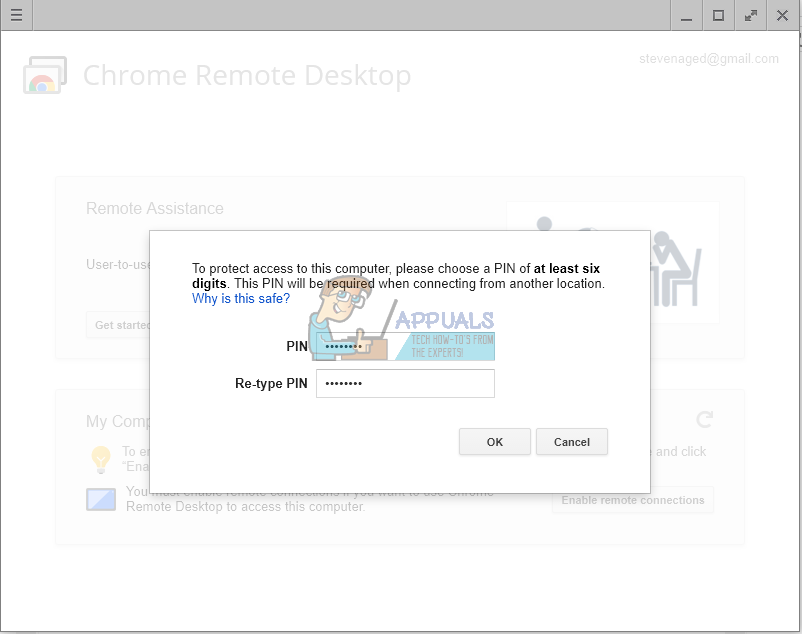
That’s it, your computer is ready to go. Now it is time to configure your Android device.
Configuring Your Android Device
Configuring Your Android Device, if we can call this easy step “configuring,” is nothing more than installing a simple app from the Play Store. Just open the Play Store and type Chrome Remote Desktop on the search bar or click on the following link Chrome Remote Desktop for Android.
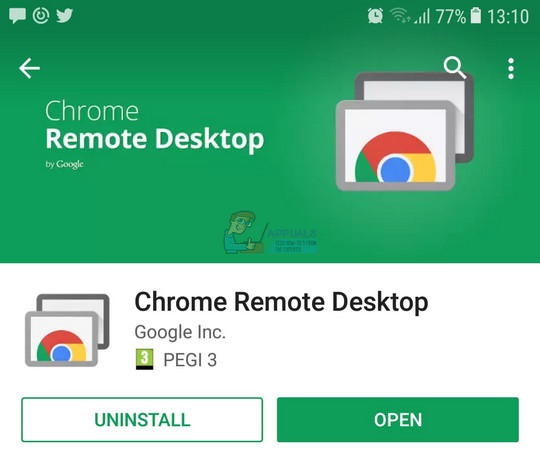
After you have your app installed, open it, and wait for a couple of seconds. Your computer should show up, which means that the communication is established.
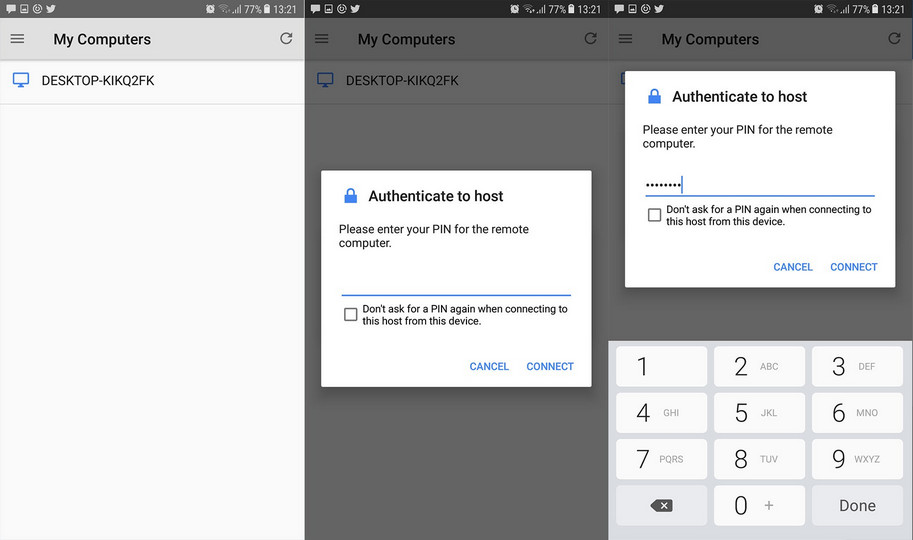
Click on your computer’s name, and the app will request you to write the same pin that you used in the desktop app. After you entered the pin, click Connect and for less than 5 seconds you will have your computer desktop on your Android screen. From that screen you can open your documents, presentations, pictures, and do pretty much anything that you would like to.
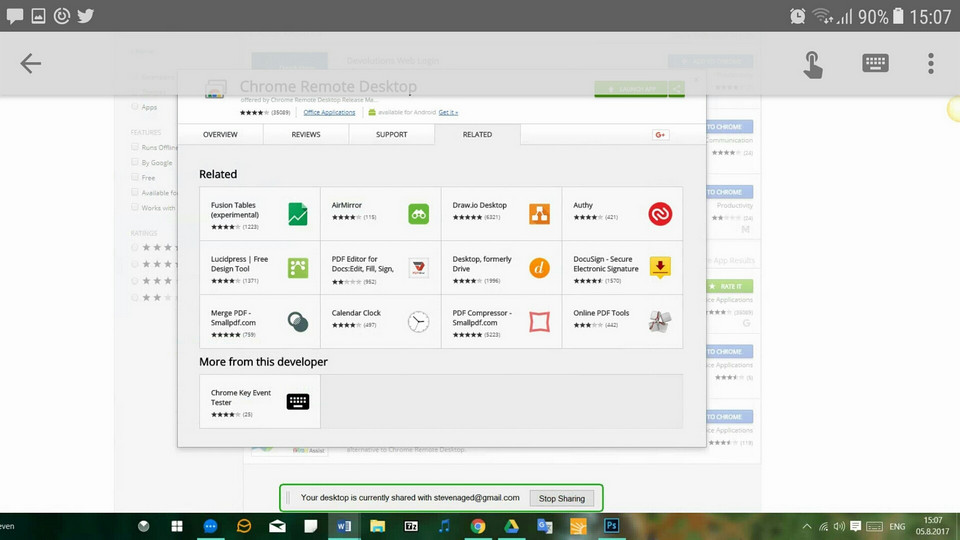
Wrap Up
Overall, this remote desktop setup will not waste more than 5 minutes of your time, but at the right moment, it really can be a lifesaver. Do it now, and you won’t regret later.
There are also another similar remote desktop setups, but according to my experience this one is the simplest one and does get the job done. If you have any suggestions, feel free to share your thoughts with us.